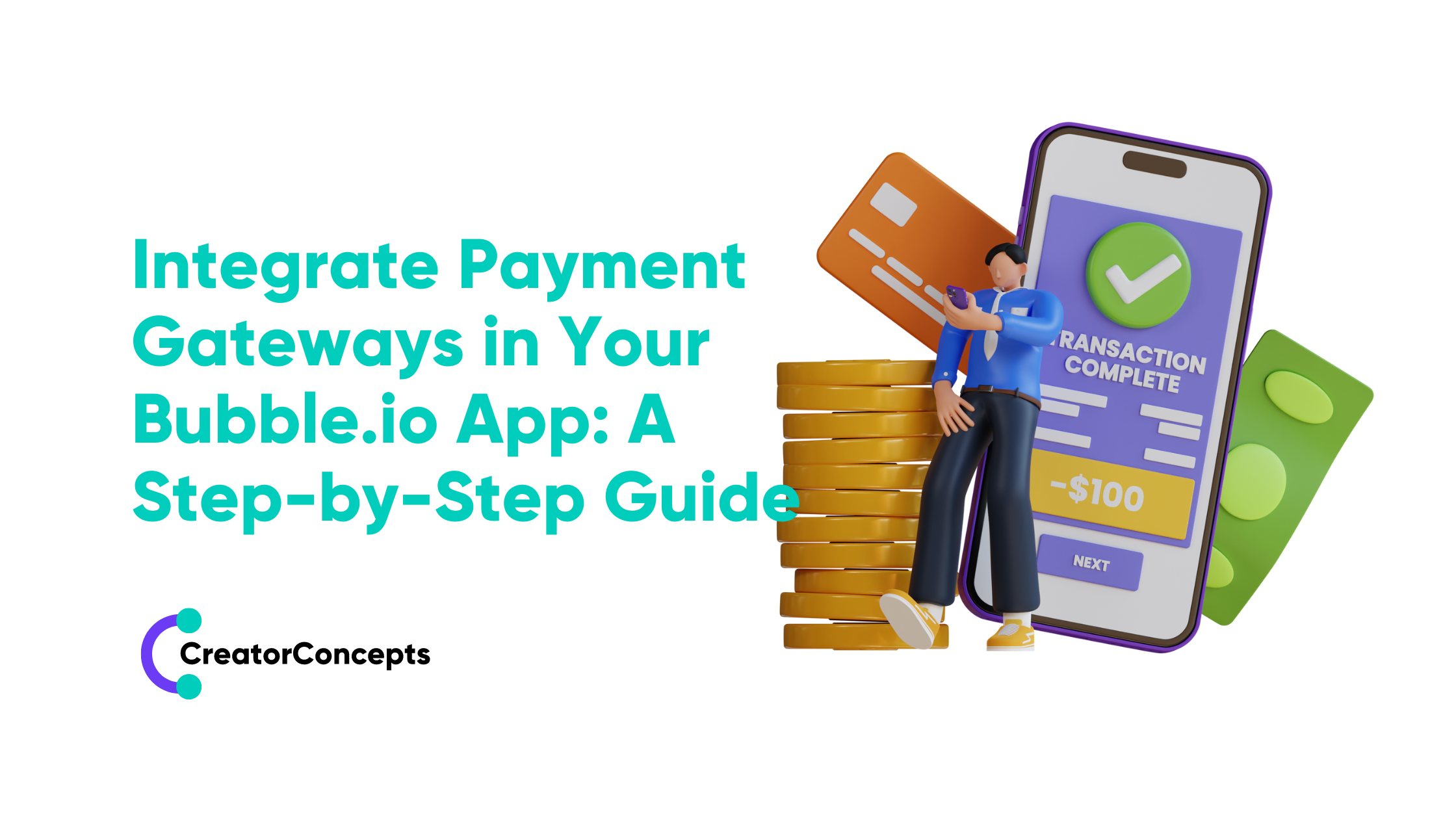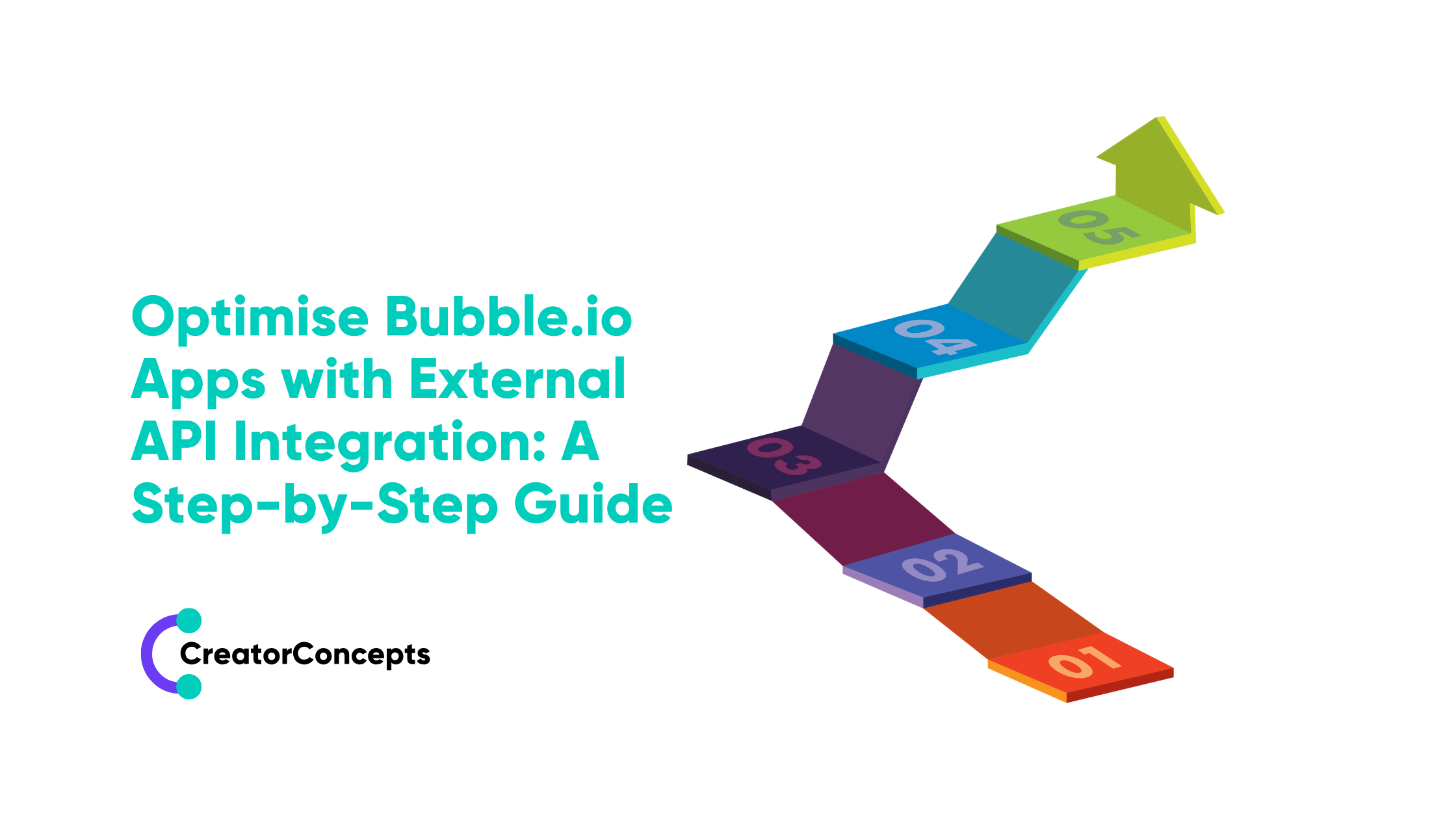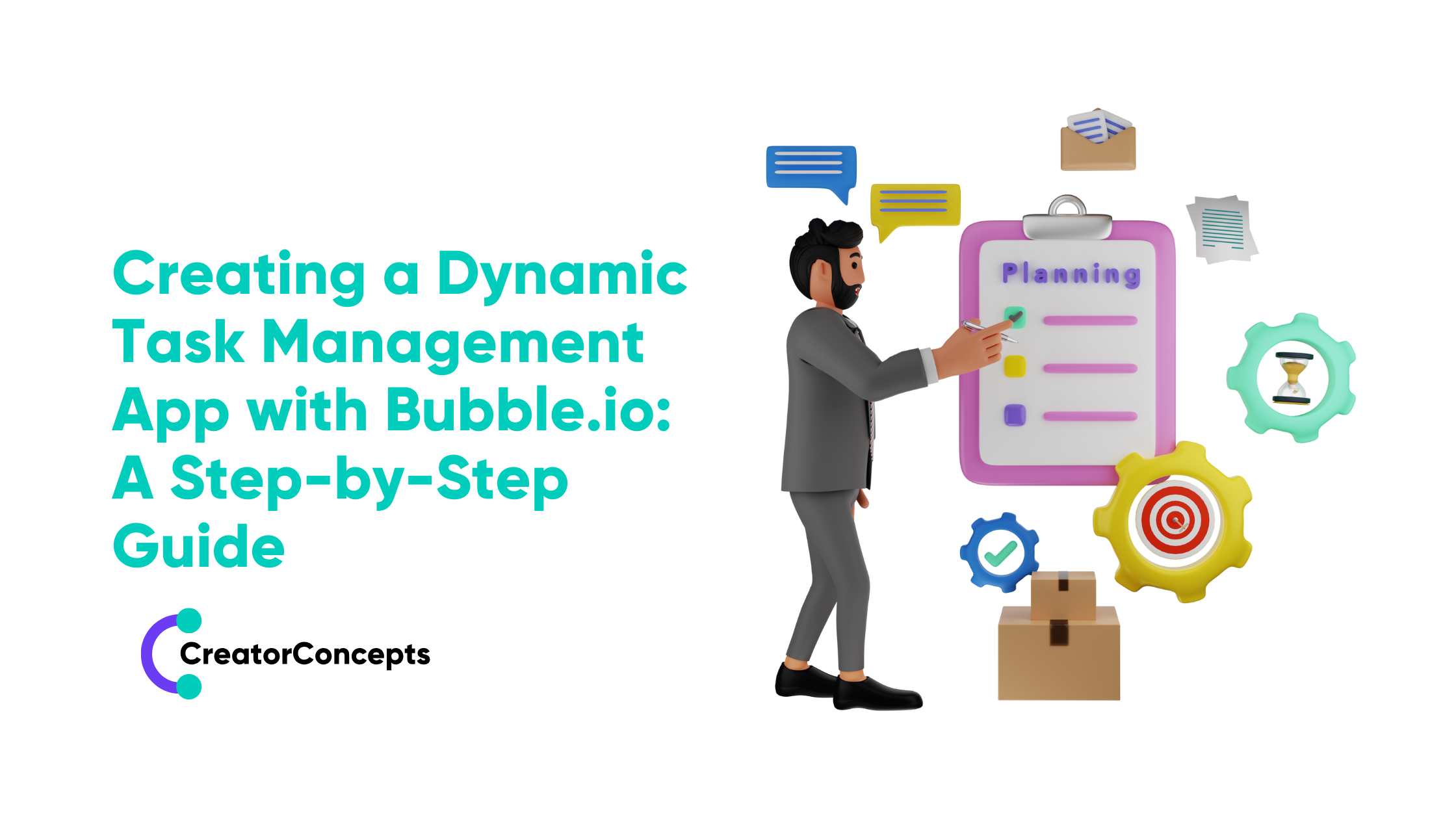Streamlining Automated Workflows in Bubble.io Apps: A Step-by-Step Guide
Automation plays a critical role in enhancing the efficiency, functionality, and user experience of a web or mobile application. By automating various tasks and processes within your app, you can minimise manual intervention and streamline workflows for both your users and your team. As expert Bubble.io developers, we have a deep understanding of the intricacies of automated workflows and how they can transform your app's performance.
In this elaborate tutorial, we will share our knowledge on implementing and optimising automated workflows in your Bubble.io app, helping you create a seamless, responsive and user-friendly application.
Part 1: Understanding Workflow Triggers – The Key to Automation in Bubble.io Apps
Workflow triggers are the events or conditions that initiate the execution of an automated workflow in your Bubble.io app. Identifying and configuring the appropriate workflow trigger is essential for automating tasks and streamlining app processes.
Common Workflow Triggers
Bubble.io offers a variety of workflow triggers, including the following:
- User Interactions: Trigger workflows when users interact with your app elements, such as button clicks, form submissions, or page navigation.
- Scheduled Events: Start workflows at specific times or intervals, including repeating events and managing schedules based on user preferences.
- Data Changes: Initiate workflows when data in your app changes, like record creation, updates, or deletions.
- API Endpoints: Leverage external API calls to trigger workflows, enabling seamless communication between your Bubble.io app and third-party services.
Part 2: Defining Workflow Actions – Building Blocks of Automated Processes
Workflow actions are the tasks executed within a workflow once initiated by the trigger. Bubble.io provides an extensive list of built-in actions to help you achieve the desired outcomes for your automated processes.
Using Built-In Actions
Bubble.io's built-in actions cater to a wide range of app functionality, such as:
- Data Management: Create, modify, or delete data records in your app's database.
- Navigation: Navigate users between different pages, display pop-ups, or redirect to external URLs.
- Email and Notifications: Send emails or in-app notifications to users, or trigger SMS messages using third-party integrations.
- User Authentication: Manage user registration, logins, and password resets.
Combining Actions and Custom Logic
Construct complex workflows by combining multiple actions and implementing custom logic. It allows you to create versatile automated processes tailored to your app's unique requirements.
Part 3: Utilising Conditional Workflows – Adding Flexibility and Efficiency
Conditional workflows introduce flexibility and adaptability within your automated processes. By incorporating conditional statements, you can execute specific actions based on user inputs or other criteria that affect your app's functionality.
Implementing Conditions
In your Bubble.io workflows, add conditions based on user inputs, data stored in your database, or other app states. With conditions in place, you can:
- Show or hide elements based on user roles.
- Modify data records only if specific criteria are met.
- Send email notifications under particular circumstances.
Enhancing User Experience with Conditional Workflows
By incorporating conditional workflows, you can deliver tailored experiences within your app to suit users' preferences, roles, or interaction history, significantly enriching their overall experience.
Part 4: Optimising Workflow Performance – Maximising App Efficiency
Efficient workflow design is crucial to optimise your Bubble.io app's performance, ensuring minimal bottlenecks and the smooth running of your automated processes.
Identifying and Reducing Bottlenecks
Monitor your app's workflows and identify potential bottlenecks, such as slow-loading pages, excessive data fetching or processing, or overlapping actions. To reduce bottlenecks:
- Optimise database queries to fetch relevant data efficiently.
- Use server-side actions or scheduled APIs for resource-intensive tasks.
- Introduce pagination or lazy-loading for long lists to reduce initial page load times.
Simplifying Complex Workflows
Simplify your workflows by breaking down complex processes into smaller, more manageable steps. Streamlining workflows using modular, reusable actions reduces the potential for errors and improves app performance.
Conclusion
Implementing and optimising automated workflows in your Bubble.io app is crucial to boosting its efficiency and making complex tasks faster and easier for both users and administrators. By mastering workflow triggers, actions, conditions, and performance optimisation techniques, you can create a smoother, user-friendly experience in your app.
We have walked you through the essential aspects of designing, executing, and refining automated workflows in your Bubble.io app – from trigger events and workflow actions to incorporating conditional logic and refining performance. Now that you have acquired valuable insights about automated workflows, are you prepared to enhance your Bubble.io app with streamlined processes?
If you need assistance implementing these strategies or need guidance in optimising your app's workflows, feel free to reach out to our team of Bubble.io experts at CreatorConcepts Limited – we're always here to help!
 By
By


